Pull quotes are one of the elements that can make a nonfiction book layout more visually interesting. They are sections of text pulled from a book and displayed in a larger or different style to stand out on the page.
Like highlights, pull quotes draw attention to important or interesting parts of the book. They emphasize key points, make complex information easier to understand, or add visual appeal to a page.
If you’re writing a nonfiction book like a health guide, self-help book, business book, or biography, consider adding pull quotes to your layout. They can make your book more engaging by breaking up long stretches of text and drawing the reader’s attention to your main ideas. This is especially helpful in books where you’re sharing a lot of information or want to stress certain points.
This article will show you how to use pull quotes effectively in your nonfiction books, enhancing your reader’s experience. We’ll cover:
Definition and Purpose Design Considerations Selecting Text and Balancing Content Pull Quotes in Non-fiction books Common Mistakes and Technical Aspects Final ThoughtsPurpose of Pull Quotes
Pull quotes are often displayed in a bigger or different font and are strategically placed to stand out on the page. They act as highlights in your book, drawing attention to important or interesting parts of your text. In nonfiction, where you’re often sharing a lot of information, emphasized text gives readers a moment to pause and think about key ideas.
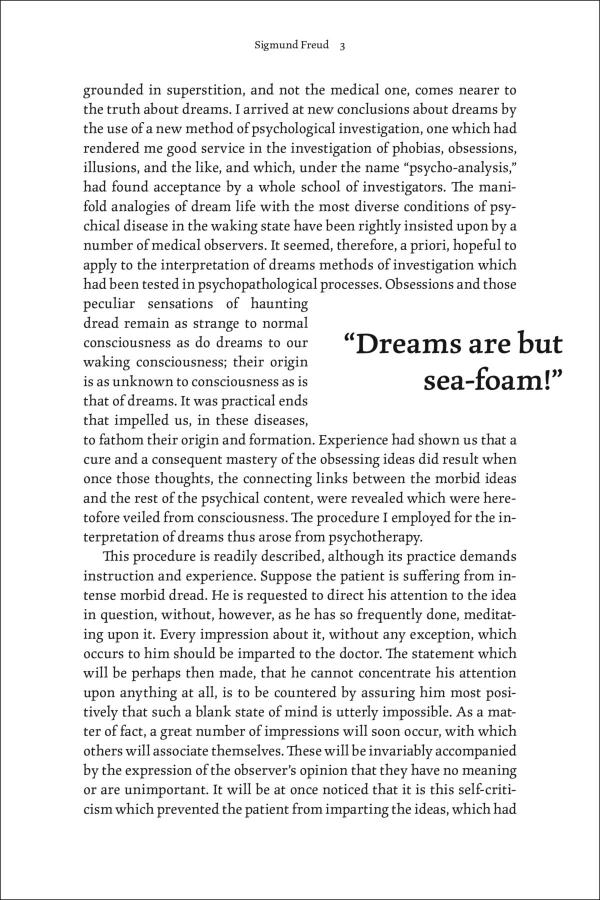 Source
Source
The main goal of pull quotes is to keep your readers engaged. They give a quick glimpse of your content, encouraging readers to dive deeper into your story. They stress the important points, ensuring your main messages aren’t lost in the rest of your text. Pull quotes are a great tool to make your book more reader-friendly and memorable.
Design Considerations
When designing pull quotes, think carefully about their look. The font size should be bigger than your main text but shouldn’t take over the page. A font that’s different but still fits with your overall design will draw the eye. The placement is important, too. These elements should work naturally with your content, like in the margins or between paragraphs, without interrupting your reader’s flow.
 Source
Source
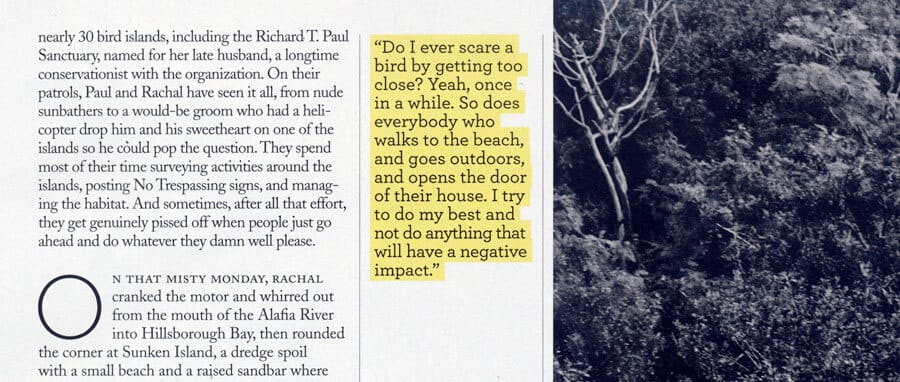 Source
Source
 Source
Source
It’s important to have a consistent style for all your pull quotes. This includes the same font, color, and even border style. Your color choices should match your book’s overall design. Also, ensure enough space around your pull quotes so they don’t blend into your main text.
In nonfiction books, pull quotes are usually just in black. This is different from magazines, where they are often colorful. One reason for this is cost—printing books with color costs more than just using black. For authors who are watching their budget, sticking to black pull quotes makes sense. Choosing black for pull quotes also helps underline the seriousness and authority of their content while maintaining clarity and readability.
Selecting Text and Balancing Content
Choosing the right text for your pull quotes can be tricky. Look for sentences that capture your section’s essence or main argument. These can be surprising facts, strong statements, or summaries. But be careful not to spoil your content or take text out of context, as this can confuse your readers.
Keep in mind that pull quotes can disrupt reading—that’s why it’s important to strike a balance between enhancing reader engagement and maintaining the content flow. The frequency of their use will vary depending on your content.
Good placement is at the beginning of chapters, after a significant point, or at transitional moments. These highlights should enhance readers’ journey, not interrupt it. In sections with a lot of text or complex concepts, pull quotes can provide a visual break and highlight key points. However, in less dense sections, they might be less necessary.
As a starting point, use a pull quote every few pages. Assess the visual balance of your pages. A good rule of thumb is to ensure that your pages don’t feel cluttered. If possible, test different frequencies and get feedback from a sample of your target audience. What feels right to you might vary for your readers, and their feedback can be invaluable.
Pull Quotes in Non-fiction books
Looking at different nonfiction books, we see how well-used pull quotes can help readers (as an author based in Poland, my access is limited to Polish editions of nonfiction books; this has the added advantage of allowing you to focus entirely on the design of these pages rather than the content). Let’s check out examples from different types of non-fiction books:
The Complete Prebiotic and Probiotic Health Guide by Maitreyi Raman (Prebiotyki i probiotyki in Polish edition)
The Complete Prebiotic and Probiotic Health Guide uses pull quotes to point out key diet advice. They make it easier for readers to notice and remember important health tips. This is great for people who want simple, clear guidance on eating healthier.
For Women Only by Shaunti Feldhahn (Tylko dla kobiet in Polish edition)
The self-help book For Women Only uses pull quotes to focus on important ideas about relationships. They shed light on how men think and feel, helping readers better grasp emotional topics. This makes the book more interesting and useful for readers looking for relationship advice.
The Greatness Mindset by Lewis Howes (Mentalność Zwycięzcy in Polish edition)
The Greatness Mindset, a book about self-improvement, has pull quotes that stress motivational thoughts. These quotes highlight self-improvement ideas, encouraging readers to think about their goals and growth.
The Child in You by Stefanie Stahl (Odkryj Swoje Wewnetrzne Dziecko in Polish edition)
In The Child in You, pull quotes highlight key ideas about psychology. They make important points stand out, which helps readers remember and think about them. This makes the book more helpful for personal growth.
In each book, the pull quotes have their special role in improving the reader’s experience. They spotlight important information and break up the text, making it easier to read. Pull quotes in these books guide, engage, and make a strong impression on the reader.
Common Mistakes and Technical Aspects
Common mistakes with pull quotes include using them too much, placing them badly, and choosing text that doesn’t have much impact. Too many pull quotes can overwhelm your readers. Bad placement can disrupt the flow of your book. Choosing weak text for your pull quotes can mean missing a chance to stress important points.
On the technical side, consider how your pull quotes will look in different formats like eBooks and print. eBooks can be a bit tricky because people read them on all sorts of devices, and each one can show non-standard content differently.
Sometimes, eBooks don’t have the pull quotes that are in the printed versions because it’s so hard to get the formatting right. But if you do use pull quotes in your eBook, make sure to check them on different eReaders to see that they look good and are easy to read.
Final Thoughts
Pull quotes are a key part of nonfiction writing, especially for self-publishing authors. They help keep your readers engaged and emphasize your main messages. When considering adding pull quotes to your book, play around with different styles, places, and texts to see what works best with your content. By using this design element well, you can make your book more interesting and memorable for your audience.


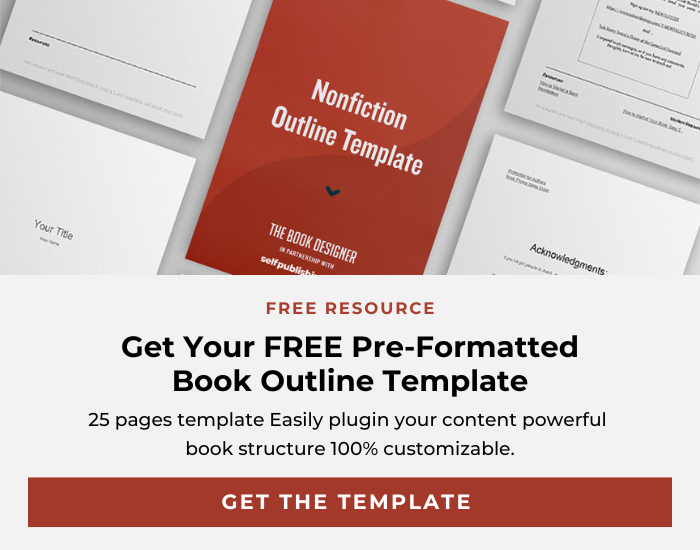
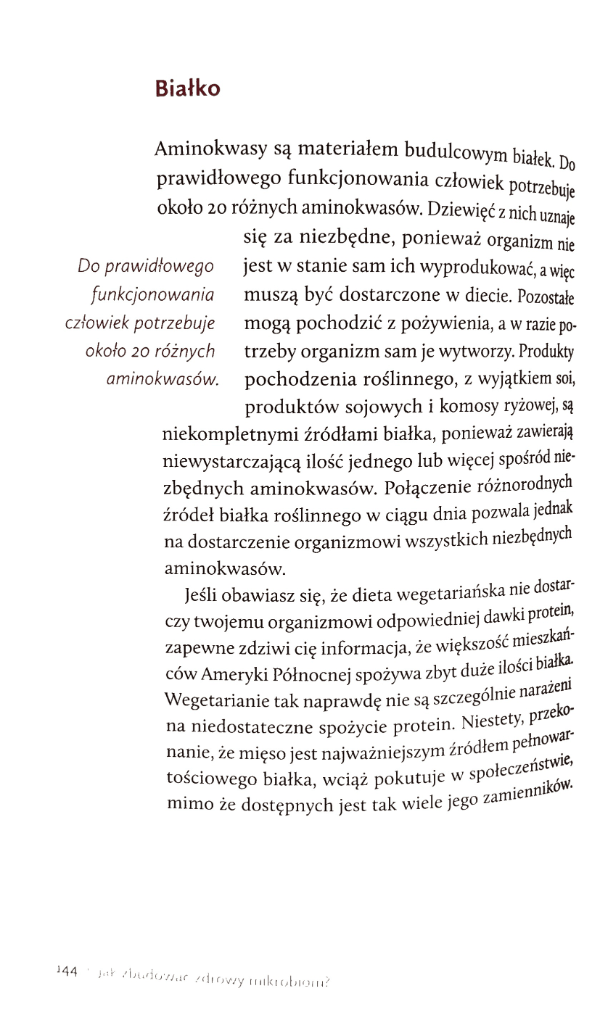
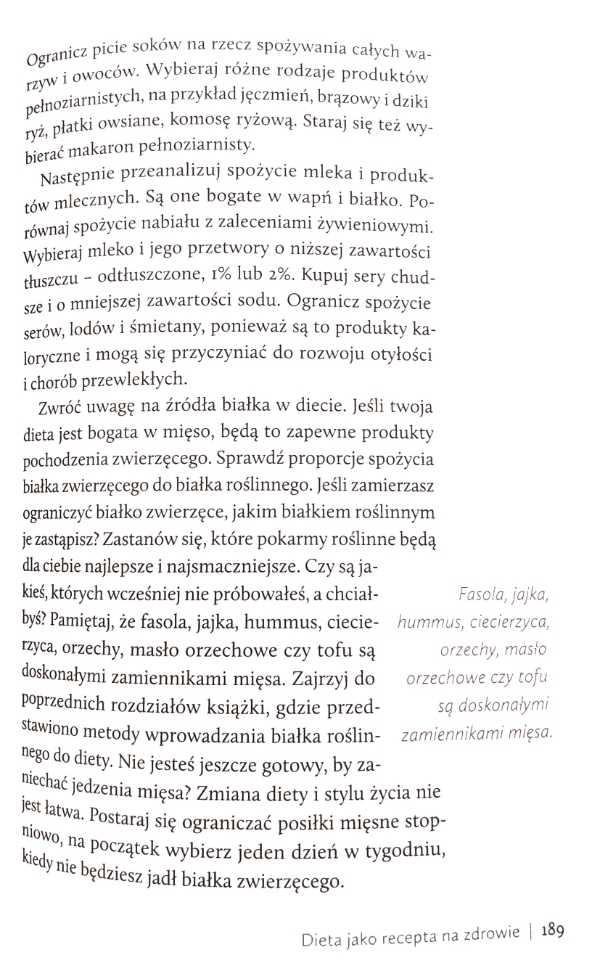

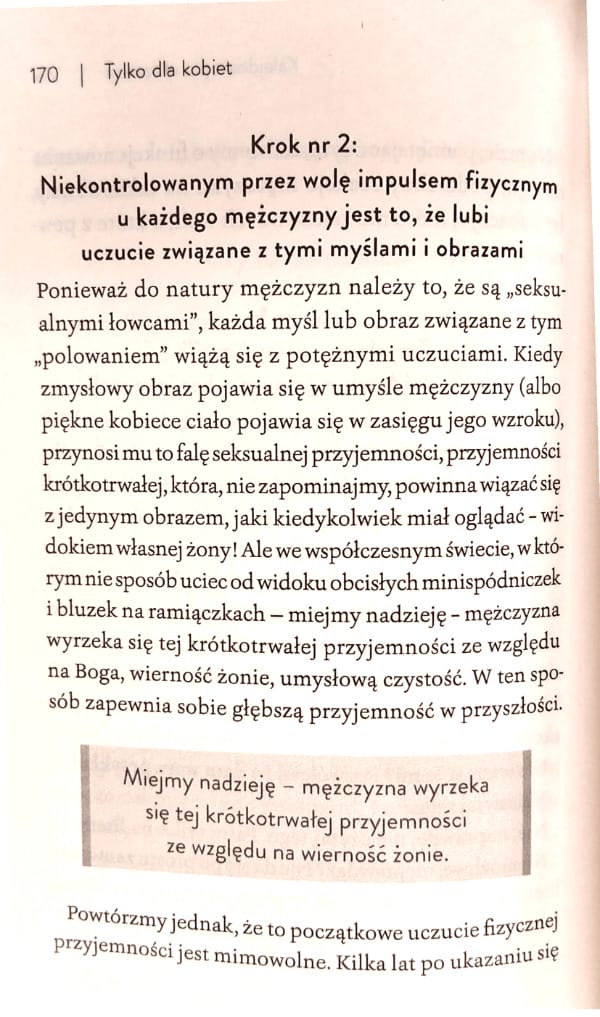
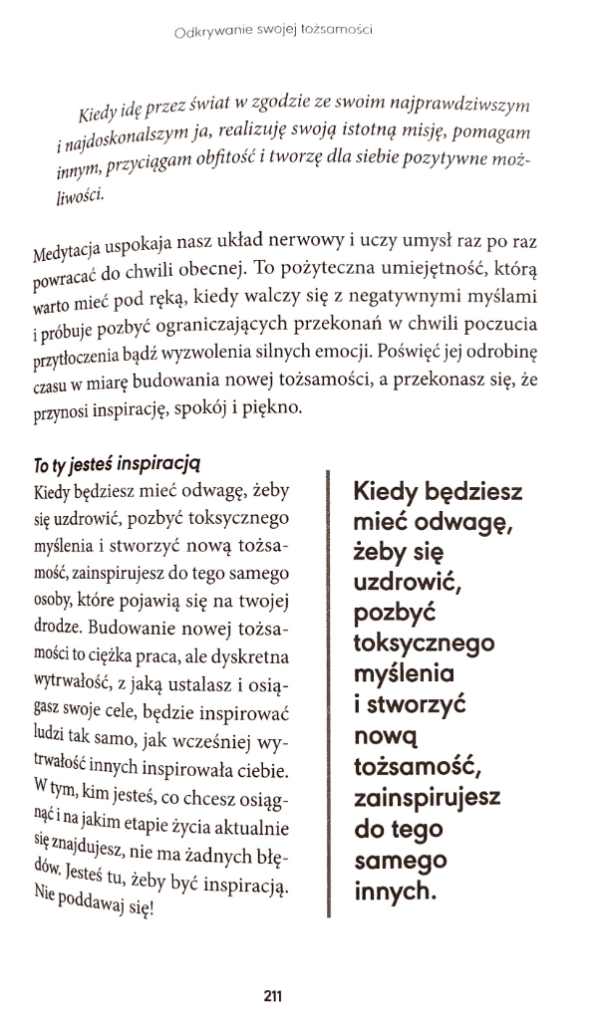
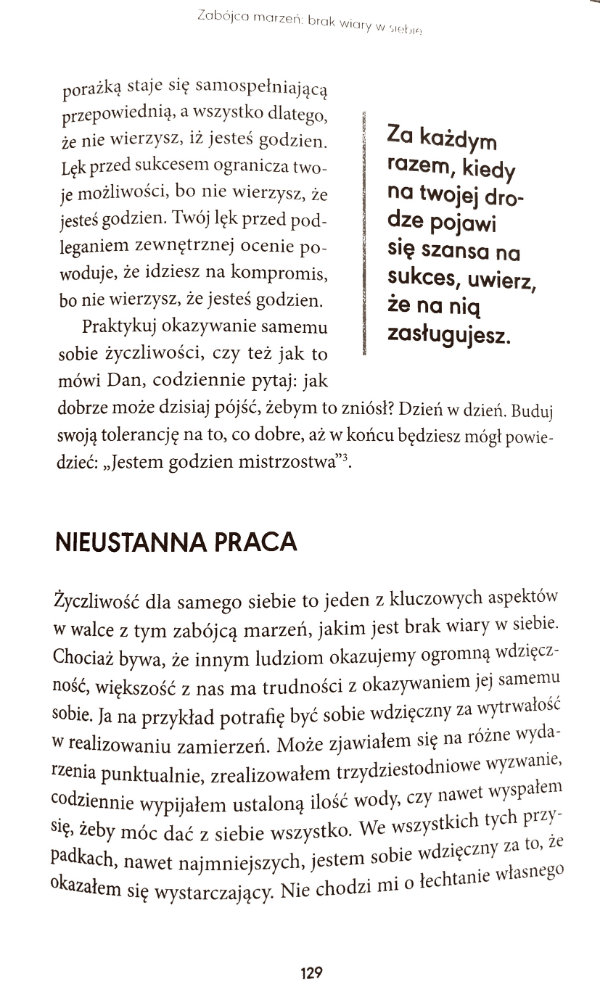
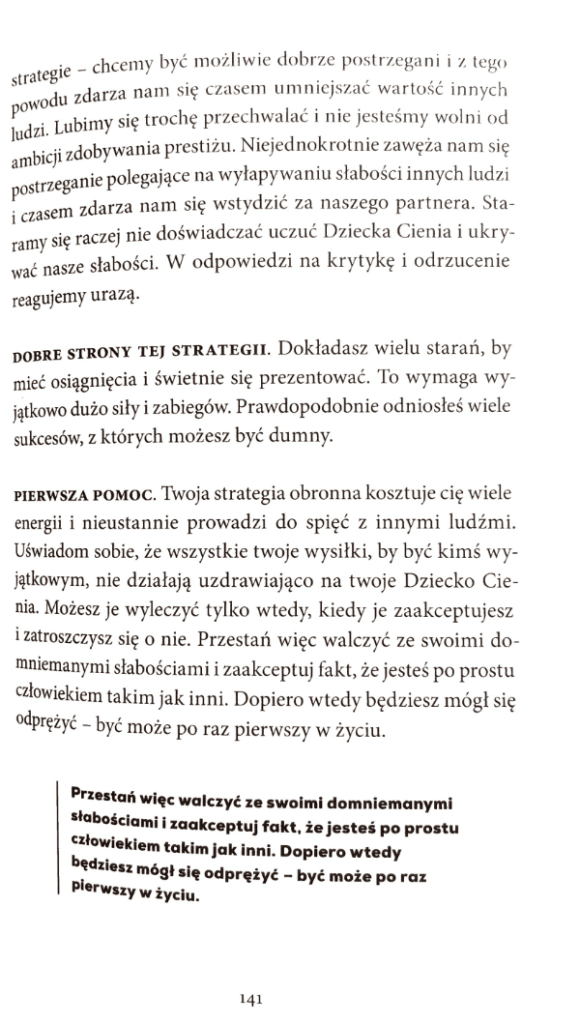
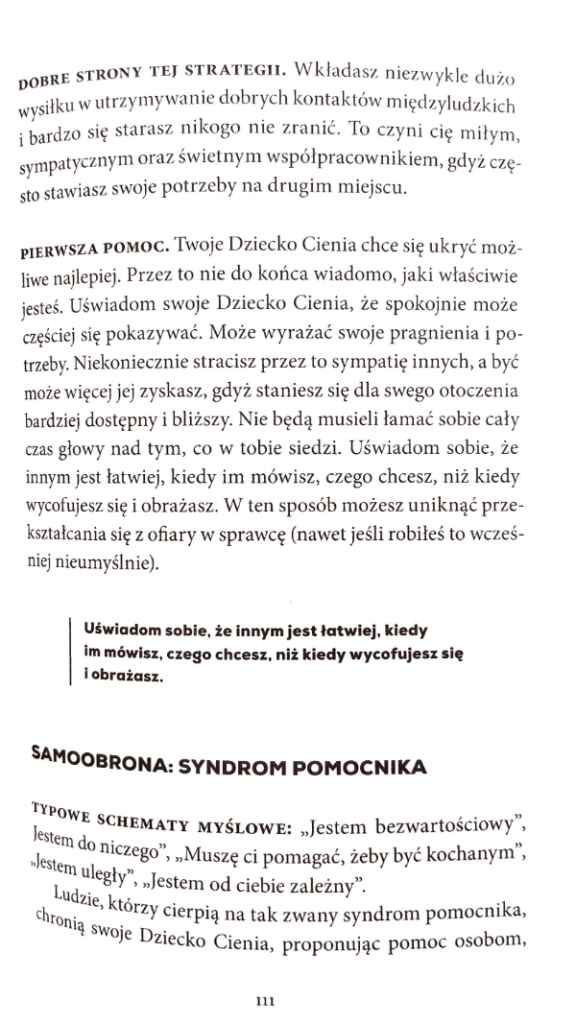







 Bengali (Bangladesh) ·
Bengali (Bangladesh) ·  English (United States) ·
English (United States) ·